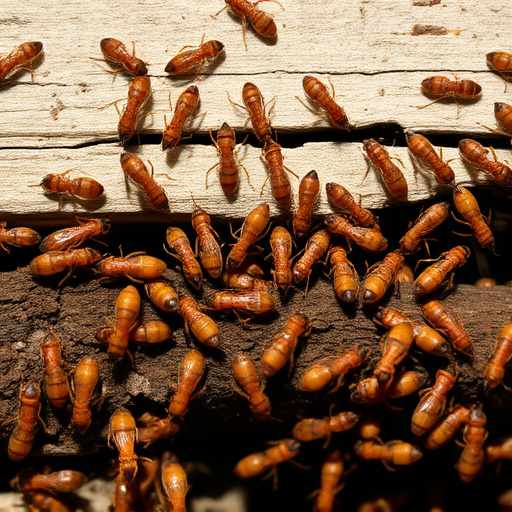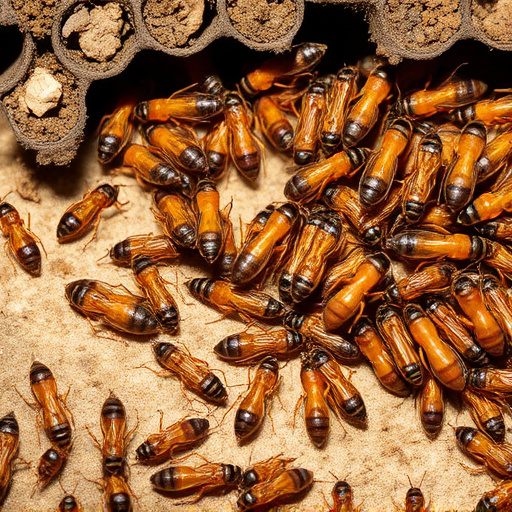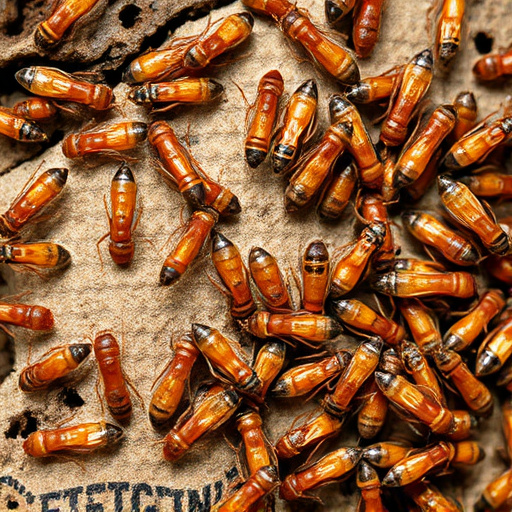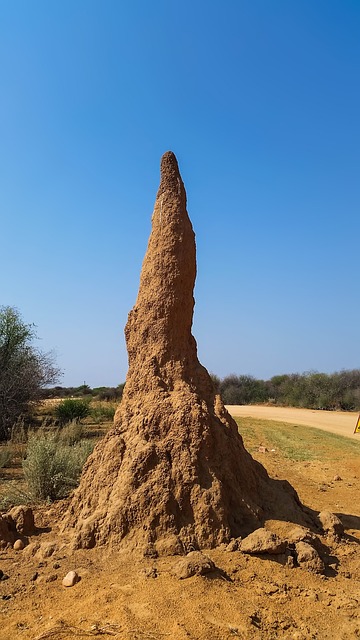In the scenic Vail, Arizona, homeowners face an invisible threat from termites, which thrive in the region's warm climate and frequent rainfall. These social insects can cause extensive wood damage over time. To safeguard their properties, Vail residents should prioritize termite control through professional services offering regular inspections, prevention strategies like removing moisture sources and sealing entry points, and continuous monitoring. This proactive approach protects homes' structural integrity and ensures peace of mind for property owners in termite-prone areas like Vail, AZ.
Vail, AZ residents often face subtle yet significant risks from termites, silent destroyers of wood structures. Understanding termite behavior is crucial for identifying potential threats to your home. This article guides you through the process of assessing and mitigating these risks effectively. We’ll explore why Vail’s unique environment attracts termites and reveal powerful strategies for termite control AZ homeowners can employ to protect their investments.
- Understanding Termite Behavior and Their Attractiveness to Vail AZ Homes
- Effective Strategies for Termite Risk Assessment and Control in Residential Properties
Understanding Termite Behavior and Their Attractiveness to Vail AZ Homes

In the serene landscape of Vail, Arizona, residents often enjoy the beauty and tranquility of their homes, unaware of a silent enemy lurking beneath the surface. Termites, known for their relentless appetite for wood, can pose significant risks to residential properties. Understanding termite behavior is crucial in identifying potential threats. These insects are highly organized social creatures, living in complex colonies that can number in the thousands. They display an astonishing capacity to locate and consume wood, often targeting structures from within, making early detection difficult.
Vail’s unique climate, characterized by warm temperatures and abundant rainfall, creates an ideal environment for termites. They are drawn to homes due to the moisture and the structural wood elements they find there. Once inside, termites can cause extensive damage over time, compromising the integrity of walls, floors, and even roofs. Effective termite control in Vail AZ requires proactive measures and professional intervention to safeguard residences from these relentless intruders.
Effective Strategies for Termite Risk Assessment and Control in Residential Properties
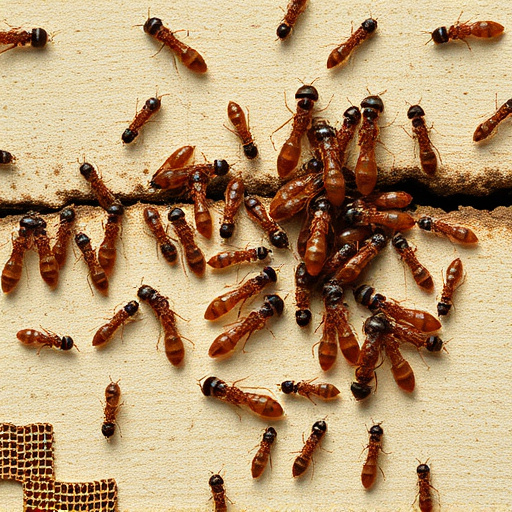
Identifying potential termite risks is a crucial step in ensuring the longevity and integrity of any residential property, especially in areas prone to termite infestations like Vail, AZ. Homeowners should adopt proactive measures to assess and mitigate these risks effectively. One of the primary strategies involves regular inspections by professional pest control services specialized in termite control Vail AZ. These experts employ advanced techniques and equipment to locate hidden termite activity, ensuring no signs are missed.
Additionally, implementing a comprehensive prevention plan is key. This includes eliminating potential food sources by removing wood or cellulose materials from ground contact, ensuring proper drainage around the property to reduce moisture levels, and sealing entry points such as cracks and crevices in foundations and walls. Regular monitoring and maintenance, coupled with these strategies, can significantly reduce termite risks, providing homeowners with peace of mind and safeguarding their investment in Vail’s real estate market.
In identifying and mitigating termite risks in Vail AZ residential properties, understanding the insects’ behavior and implementing robust assessment strategies are key. By combining regular inspections, targeted treatments, and preventative measures, homeowners and professionals alike can effectively manage and control termite infestations. Termite control in Vail AZ is not just about eliminating existing problems; it’s a proactive approach to safeguarding valuable real estate investments and ensuring the long-term integrity of homes within the region.
